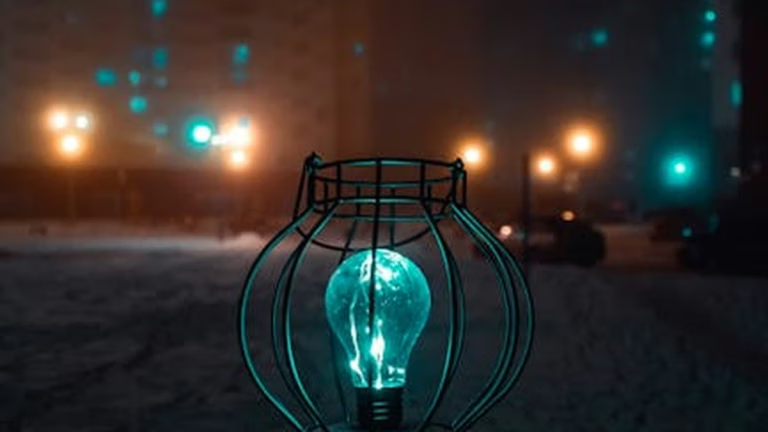Digital Detox: Reclaiming Your Time and Focus in a Hyper-Connected World
The Allure and the Trap of Constant Connectivity
We live in a world saturated with technology. Smartphones, tablets, laptops – they’re all vying for our attention. While these devices offer incredible convenience and access to information, they also contribute to a state of constant connectivity that can be detrimental to our well-being. The constant stream of notifications, emails, and social media updates can lead to decreased focus, increased stress, and a feeling of being perpetually “on.”
It’s easy to get caught in the trap. Checking your phone becomes an automatic reflex. Scrolling through social media becomes a mindless habit. Before you know it, hours have disappeared, and you’re left feeling drained and unfulfilled. But there’s a solution: the digital detox.
What is a Digital Detox?
A digital detox is a period of time during which you intentionally reduce or eliminate your use of digital devices. It’s about consciously disconnecting from the digital world to reconnect with yourself, your surroundings, and the people around you. It’s not about permanently abandoning technology, but rather about creating a healthier relationship with it.
Benefits of Disconnecting
The benefits of a digital detox are numerous and can significantly impact your overall quality of life. Here are just a few:
- Improved Focus and Concentration: Reducing digital distractions allows your brain to rest and refocus, leading to increased productivity and better cognitive function.
- Reduced Stress and Anxiety: Constant connectivity can trigger the release of cortisol, the stress hormone. Disconnecting helps lower stress levels and promotes a sense of calm.
- Better Sleep: The blue light emitted from screens can interfere with sleep patterns. A digital detox, especially in the evening, can improve sleep quality.
- Increased Creativity: Stepping away from the digital world allows you to engage in activities that stimulate creativity, such as reading, spending time in nature, or pursuing hobbies.
- Stronger Relationships: Disconnecting from your devices allows you to be more present and engaged with the people around you, strengthening your relationships.
How to Plan Your Digital Detox
Planning is key to a successful digital detox. Here’s a step-by-step guide to help you get started:
1. Define Your Goals
What do you hope to achieve with your digital detox? Are you looking to improve your focus, reduce stress, or reconnect with loved ones? Having clear goals will help you stay motivated and track your progress.
2. Set Boundaries
Decide which devices and apps you’ll limit or eliminate during your detox. Will you abstain from all social media? Turn off notifications? Limit your screen time to a specific number of hours per day? Be specific and realistic.
3. Choose a Duration
Start small. A weekend detox can be a great way to ease into the process. You can then gradually increase the duration as you become more comfortable with disconnecting. Even a few hours a day can make a difference.
4. Plan Alternative Activities
What will you do with your newfound free time? Plan activities that you enjoy and that don’t involve screens. Read a book, go for a walk, spend time with family and friends, or pursue a hobby. Having alternative activities will help you resist the urge to reach for your phone.
5. Communicate Your Intentions
Let your friends and family know that you’ll be less available during your detox. This will help them understand why you’re not responding to messages or emails immediately and prevent any misunderstandings.
Practical Tips for a Successful Detox
Here are some practical tips to help you stay on track during your digital detox:
- Turn off notifications: This is a simple but effective way to reduce distractions.
- Designate tech-free zones: Create areas in your home where devices are not allowed, such as the bedroom or dining room.
- Use website blockers: These tools can help you limit your access to distracting websites and apps.
- Find an accountability partner: Enlist a friend or family member to support you during your detox.
- Be patient: It takes time to break habits. Don’t get discouraged if you slip up. Just get back on track as soon as possible.
Reintegrating Technology Mindfully
The goal of a digital detox isn’t to eliminate technology from your life entirely, but to use it more mindfully. After your detox, take steps to prevent yourself from falling back into old habits. Set limits on your screen time, be intentional about how you use your devices, and prioritize real-life experiences over virtual ones.
For example, instead of immediately checking your email in the morning, try starting your day with meditation or exercise. Instead of scrolling through social media during your lunch break, try reading a book or going for a walk. By making conscious choices about how you use technology, you can create a healthier and more balanced relationship with it.
Conclusion: Taking Control of Your Digital Life
In our hyper-connected world, it’s easy to feel overwhelmed by technology. A digital detox is a powerful tool for reclaiming your time, improving your focus, and reducing stress. By intentionally disconnecting from the digital world, you can reconnect with yourself, your surroundings, and the people who matter most. So, take a break from the screens, breathe deep, and rediscover the joy of being present in the moment. You deserve it.






